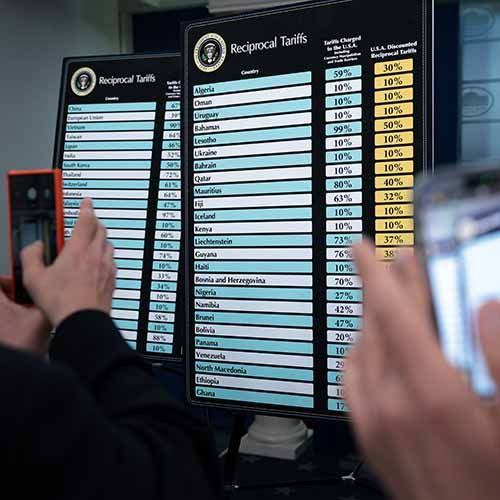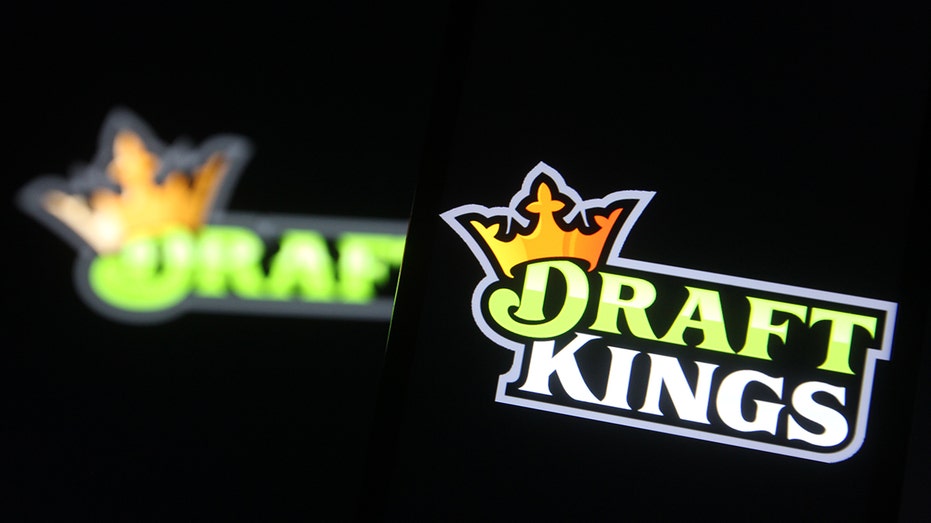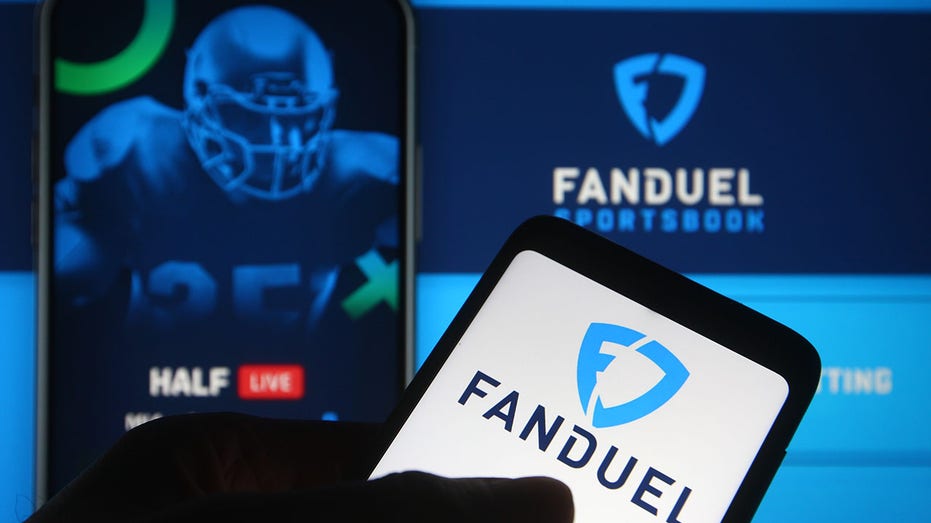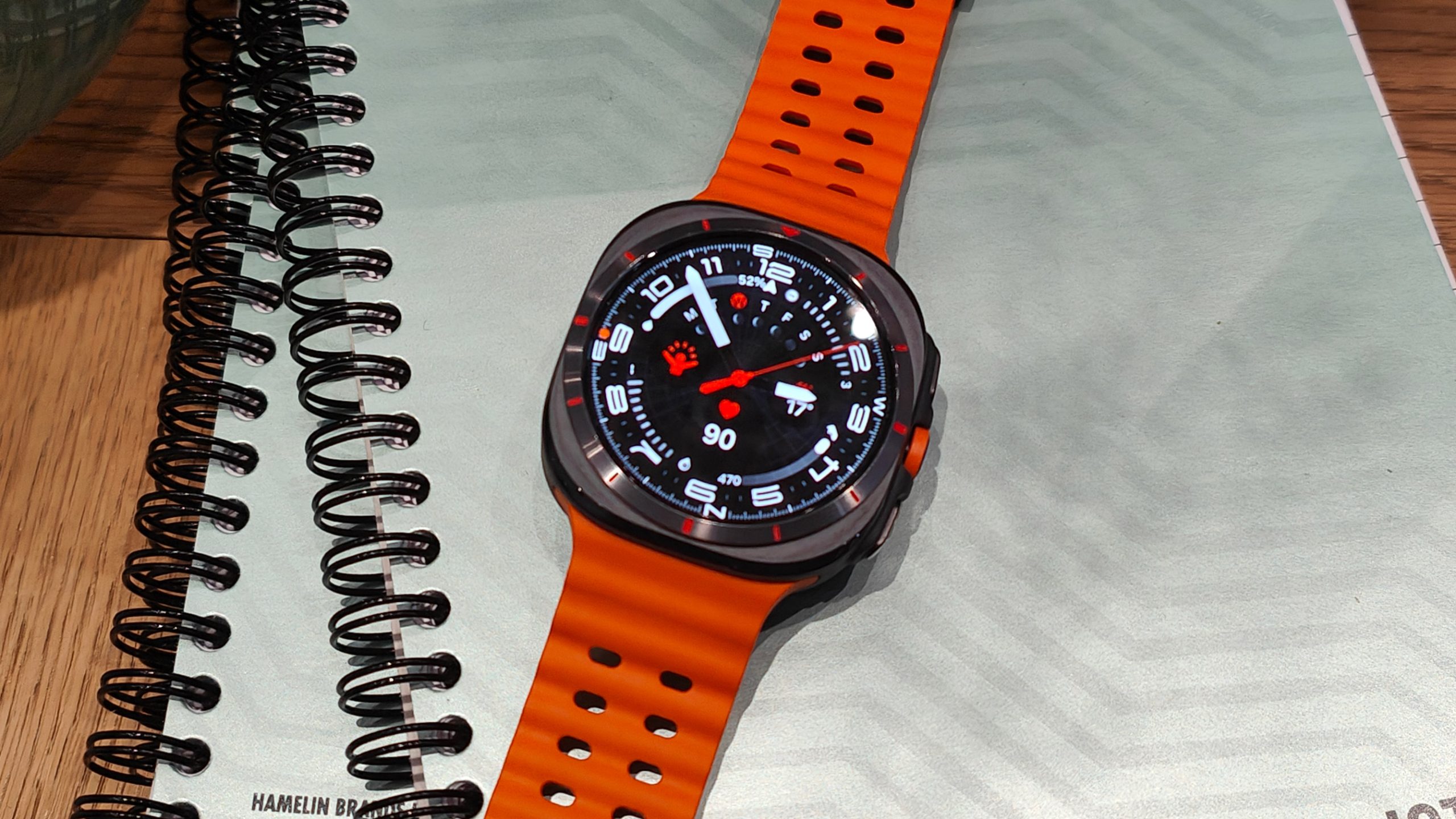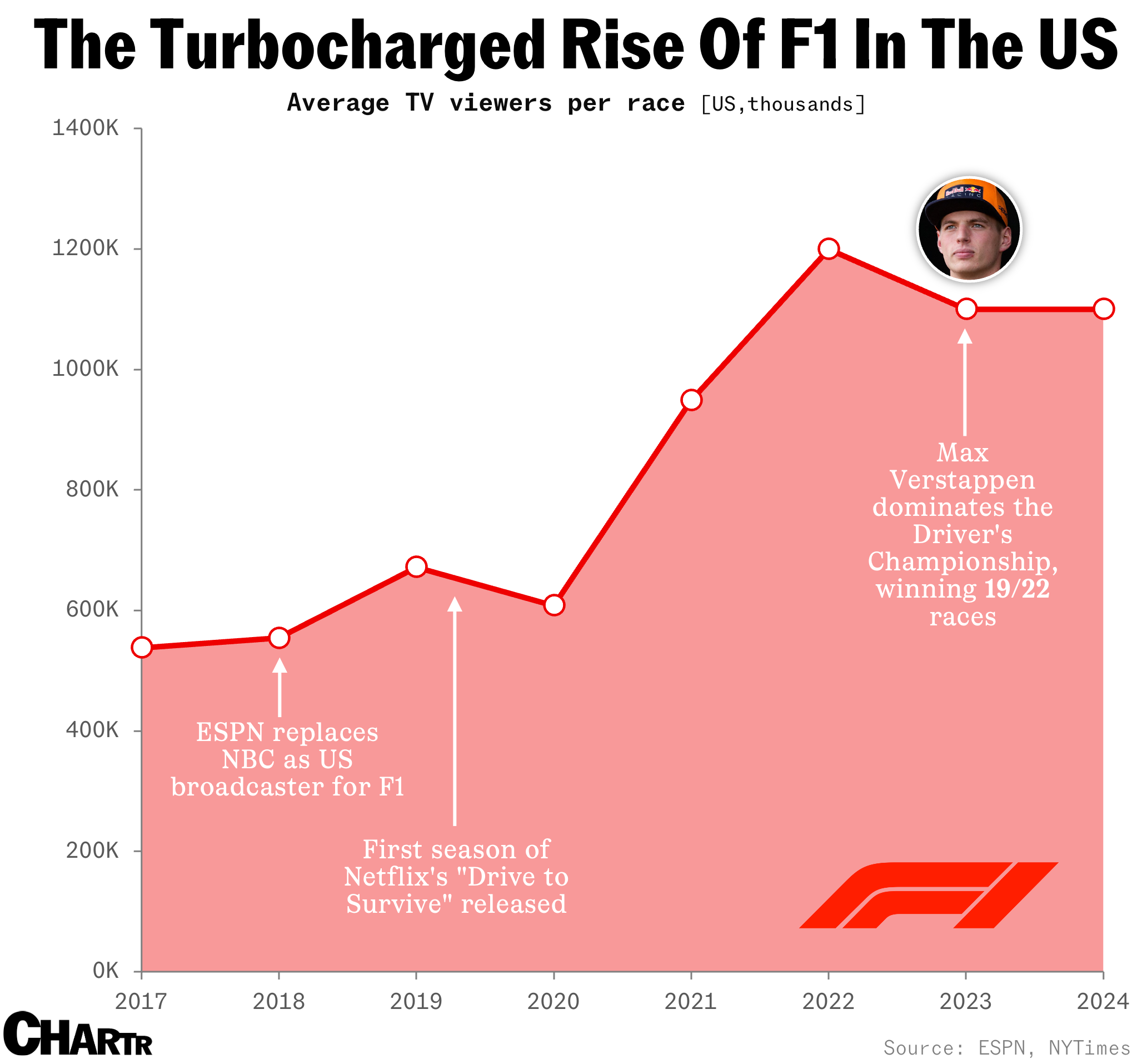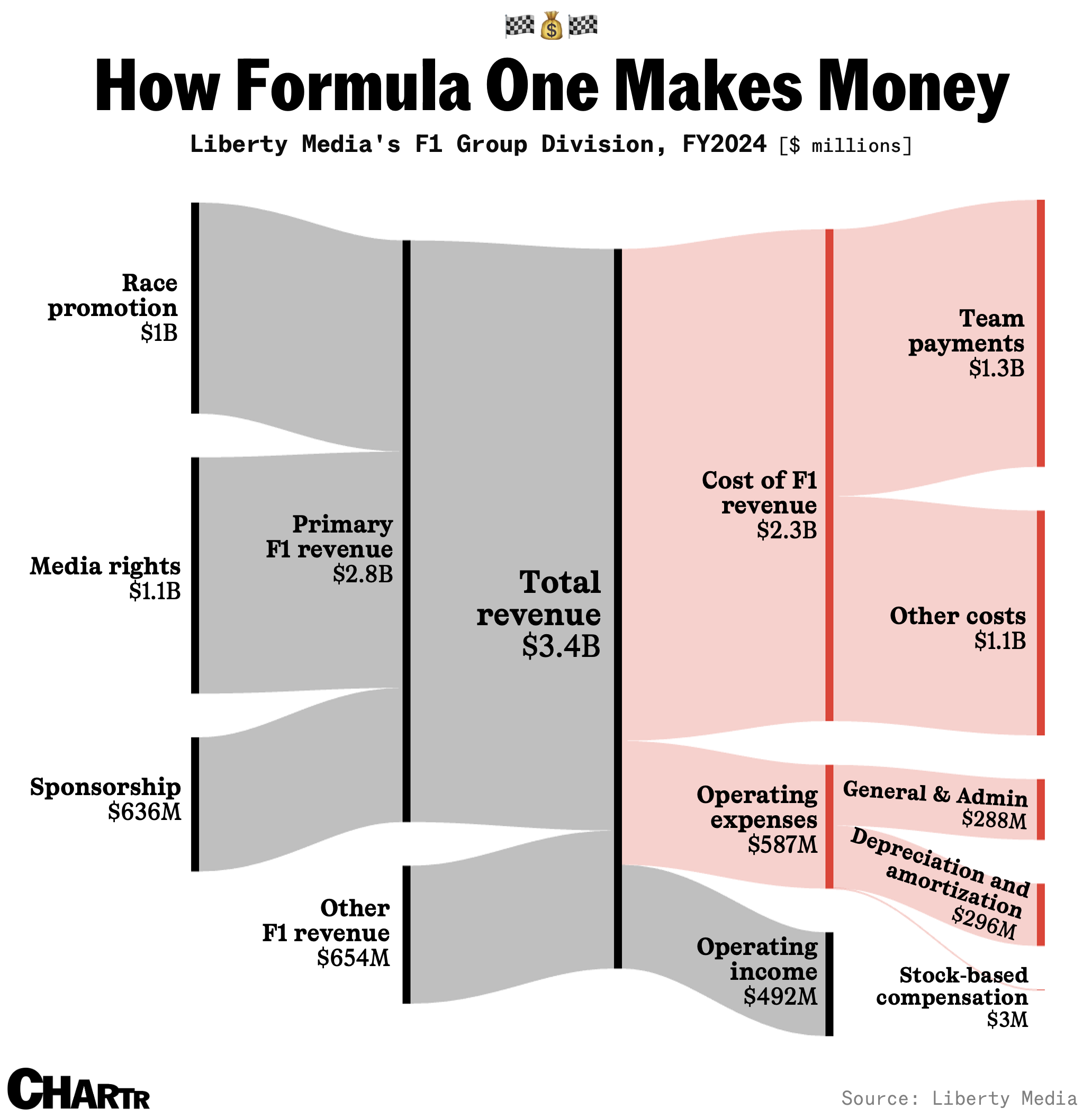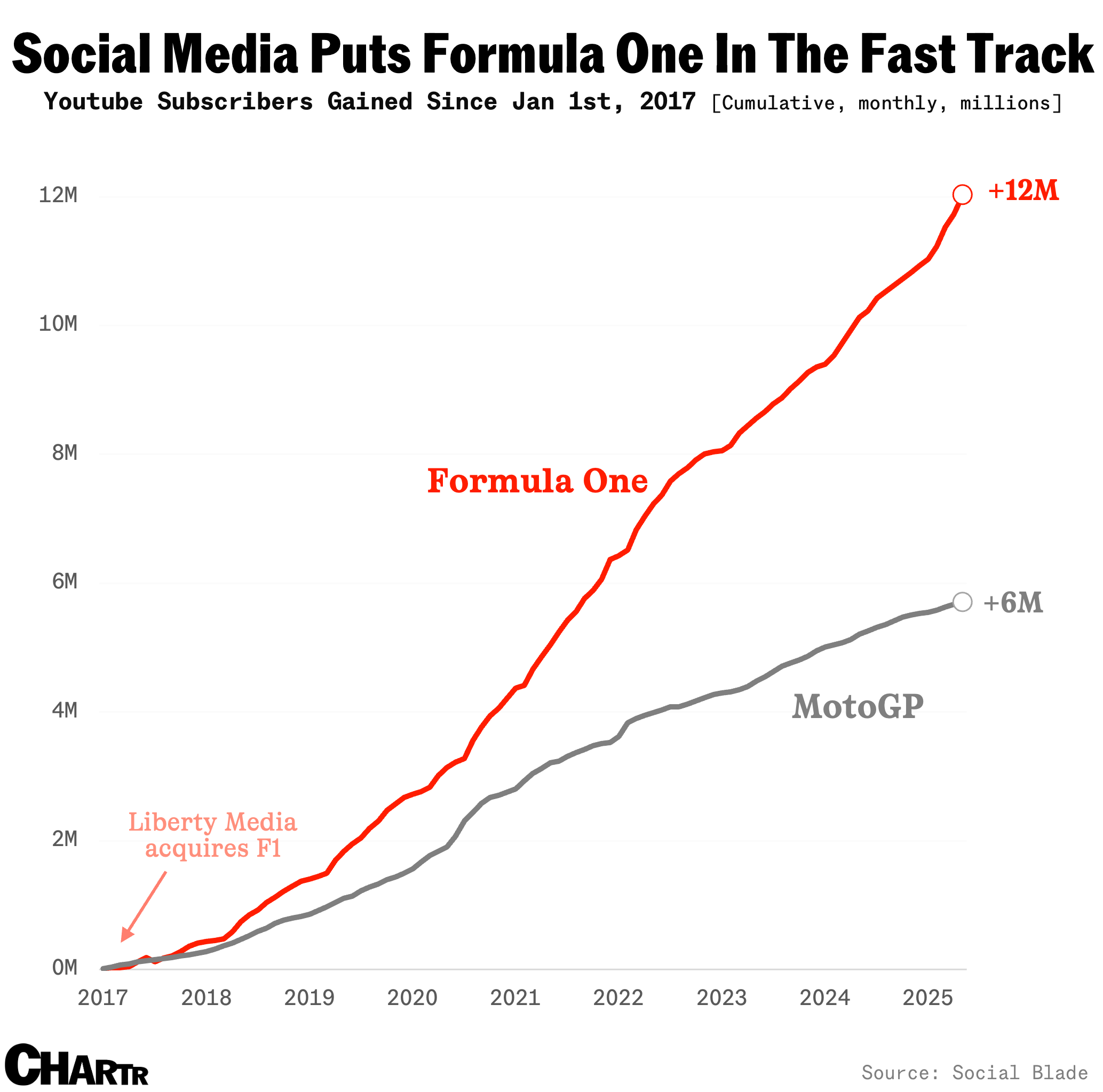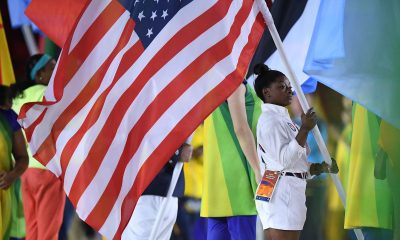
Wearable Technology Market
The wearable technology market has transformed how consumers interact with devices, blending innovation with everyday life. These advanced gadgets-ranging from smartwatches to fitness trackers-offer real-time data, seamless connectivity, and personalized health insights. Wearable devices are now a core part of the consumer electronics ecosystem, empowering users to monitor their fitness, track vital signs, and stay connected on the move. With constant advancements in sensor technology and miniaturized computing, the adoption of wearables is expected to rise further, bringing convenience and health awareness to millions worldwide.
Get a Free Sample Report with Table of Contents: https://shorturl.at/uWehK
Expert Market Research: Driving Innovation in the Wearable Technology Market
In a world where technology meets the human body, the wearable technology market thrives as innovation takes center stage. Expert Market Research highlights how this sector is transforming everyday routines into data-driven experiences, empowering users with smart insights at their fingertips. From fitness enthusiasts tracking every heartbeat to patients monitoring vital signs remotely, wearables are redefining convenience and care. As companies push boundaries with AI, flexible displays, and sustainable materials, wearables are evolving into personalized companions. With rapid growth ahead, industry leaders and fresh startups alike are set to keep wearables at the heart of the connected future.
Wearable Technology Market Size
The global wearable technology market reached a volume of 289.89 Million Units in 2024, showcasing the tremendous rise in consumer adoption of smart, connected devices. The market’s size reflects how wearables have shifted from niche gadgets to everyday essentials for millions worldwide. This surge is driven by demand for smartwatches, fitness bands, smart clothing, and health monitoring devices that seamlessly integrate into daily life. In urban areas, wearable technology has become synonymous with proactive health management, digital lifestyles, and convenience. The increasing affordability of smart wearables, combined with broader internet penetration and improved connectivity, has expanded the customer base across age groups and geographies. Wearables are now vital tools for individuals managing chronic conditions, athletes optimizing performance, and professionals seeking seamless connectivity. Enterprises are also adopting wearable solutions for workforce productivity and safety monitoring. As new players enter the market with innovative, budget-friendly devices, the market size is expected to broaden further, capturing emerging economies. The market’s scale underscores its position as a significant segment within the consumer electronics industry, with strong momentum heading into the next decade as healthcare, fitness, entertainment, and enterprise applications converge under one smart wearable ecosystem.
Read Full Report with Table of Contents: https://shorturl.at/wuwTa
Wearable Technology Market Trends
The wearable technology market is evolving rapidly, with trends pushing the industry into new dimensions. One key trend is the growing shift toward health-focused features-wearables now provide not just step counting but advanced metrics like ECG, blood oxygen monitoring, and stress tracking. Another major trend is the rise of smart textiles and body-worn sensors embedded directly into clothing, enabling discreet, continuous monitoring of vital signs without bulky devices. Companies are also increasingly integrating AI to deliver personalized recommendations based on real-time health data, transforming wearables into intelligent health companions. Sustainability is another significant trend, with brands investing in recyclable materials, longer-lasting batteries, and energy-efficient components to appeal to eco-conscious consumers. Additionally, the line between fashion and technology is blurring, as collaborations with lifestyle and luxury brands make wearables more stylish and mainstream. The expansion of IoT ecosystems and 5G connectivity is also shaping the future of wearables, enabling real-time data sharing and enhanced functionality. Together, these trends highlight how wearables are evolving from single-function devices into sophisticated, interconnected tools that redefine wellness, productivity, and lifestyle in the digital age.
Market Opportunities and Challenges
The wearable technology market holds vast opportunities, particularly in healthcare and remote patient monitoring. With the rise of telehealth, wearables can bridge the gap between patients and healthcare providers by offering continuous health data. In fitness and sports, smart apparel and advanced trackers provide real-time performance metrics for enthusiasts and professionals alike. However, the market also faces challenges such as data privacy concerns, high development costs, and battery life limitations. Companies must address these hurdles to maintain consumer trust and ensure long-term adoption across regions and demographics.
Segmentation of the Wearable Technology Market
Breakup by Component
Software
Service
Breakup by Product
Wrist-Wear
Eye-Wear and Head-Wear
Foot-Wear
Neck-Wear
Body-Wear
Others
Breakup by Technology
Computing Technology
Display Technology
Networking Technology
Positioning Technology
Sensor Technology
Others
Breakup by Application
Consumer Electronics
Healthcare
Enterprise and Industrial Application
Others
Breakup by Region
North America
Europe
Asia Pacific
Latin America
Middle East and Africa
Wearable Technology Market Growth
The growth of the wearable technology market is underpinned by technological advancements and a shift in consumer behavior toward connected health and fitness. Over the last decade, smartwatches and fitness trackers have become integral to daily routines, with users relying on them to track workouts, monitor sleep patterns, and receive health alerts. The pandemic further accelerated this growth by raising awareness of personal health monitoring and remote patient care, driving demand for medical-grade wearable devices. The increasing popularity of home workouts and digital fitness services also boosts the appeal of wearables that sync with apps for a more personalized fitness experience. Enterprise adoption is expanding too-companies are integrating wearable tech for employee safety, workforce tracking, and augmented reality solutions. Innovations like flexible displays, smart fabrics, and embedded sensors are unlocking new product categories, from smart shoes to biometric clothing. As more affordable options hit the market, adoption among middle-income consumers is rising rapidly. Government support for digital health and the growing role of wearables in preventive care contribute to sustained growth. The market’s strong double-digit CAGR reflects how wearables are moving from nice-to-have gadgets to must-have tools in a connected lifestyle.
Wearable Technology Market Forecast
Looking ahead, the future of the wearable technology market is promising, with projections indicating robust expansion. From a volume of 289.89 Million Units in 2024, the market is expected to grow at a CAGR of 17.00% between 2025 and 2034, reaching nearly 1393.45 Million Units by 2034. This forecast is anchored in rising consumer health consciousness and growing trust in digital health tools. As global populations age and chronic diseases become more prevalent, the demand for remote patient monitoring and proactive health tracking will intensify, positioning wearables as essential healthcare extensions. Rapid advancements in AI, miniaturization, and 5G connectivity will enhance device capabilities, allowing for real-time analytics, remote diagnostics, and seamless data sharing with healthcare providers. Emerging markets will also play a key role, as increasing internet access and affordable devices unlock new opportunities. Enterprise applications are forecast to expand too, from industrial safety to logistics and field operations. Moreover, smart textiles and new form factors are expected to diversify product offerings. All these factors suggest that wearable technology will become even more deeply embedded in everyday life, driving strong market growth throughout the next decade.
Competitor Analysis
The wearable technology market is fiercely competitive, with key players driving innovation, expanding product portfolios, and investing heavily in research and development to stay ahead.
Apple Inc.: Industry leader known for its premium smartwatches and health-focused wearable innovations.
Samsung Electronics Co., Ltd.: Offers diverse wearables with advanced health tracking and seamless device integration.
Fitbit, Inc.: Specializes in fitness bands and smartwatches with comprehensive activity and wellness tracking.
Xiaomi Corp: Delivers affordable smart bands and watches with strong market presence in Asia.
Alphabet Inc.: Parent company of Google, innovates wearables with AI and connected tech through Fitbit and Pixel devices.
LG Electronics, Inc.: Develops wearable products with focus on smart glasses and healthcare applications.
Huawei Technologies Co., Ltd.: Provides smartwatches and bands with long battery life and health monitoring.
adidas AG: Focuses on wearable tech for sports and performance tracking through smart apparel.
Google LLC: Expanding wearable ecosystem with AI-driven features and integration with Android devices.
Imagine Marketing Ltd.: Operates the boAt brand, offering affordable smartwatches and audio wearables.
Nike, Inc.: Invests in smart fitness wear and digital sports tracking solutions.
Sony Corporation: Innovates in smart eyewear and wearable audio products for consumers.
Explore More:
PVDF Resin Market:https://shorturl.at/tFR2c
India Cement Market: https://shorturl.at/yVpTx
Advanced Gear Shifter System Market: https://shorturl.at/dlWx9
Vietnam Online Food Delivery Market: https://shorturl.at/Jmfne
Media Contact:
Company Name: Claight Corporation
Email: sales@expertmarketresearch.com
Toll Free Number: US +1-415-325-5166 | UK +44-702-402-5790
Address: 30 North Gould Street, Sheridan, WY 82801, USA
Website: www.expertmarketresearch.com
About Us:
Acquire unparalleled access to critical industry insights with our comprehensive market research reports, meticulously prepared by a team of seasoned experts. These reports are designed to equip decision-makers with an in-depth understanding of prevailing market trends, competitive landscapes, and growth opportunities.
Our high-quality, data-driven analysis provides the essential framework for organisations seeking to make informed and strategic decisions in an increasingly complex and rapidly evolving business environment. By investing in our market research reports, you can ensure your organisation remains agile, proactive, and poised for success in today’s competitive market.
Don’t miss the opportunity to elevate your business intelligence and strengthen your strategic planning. Secure your organisation’s future success by acquiring one of our Expert Market Research reports today.
This release was published on openPR.

